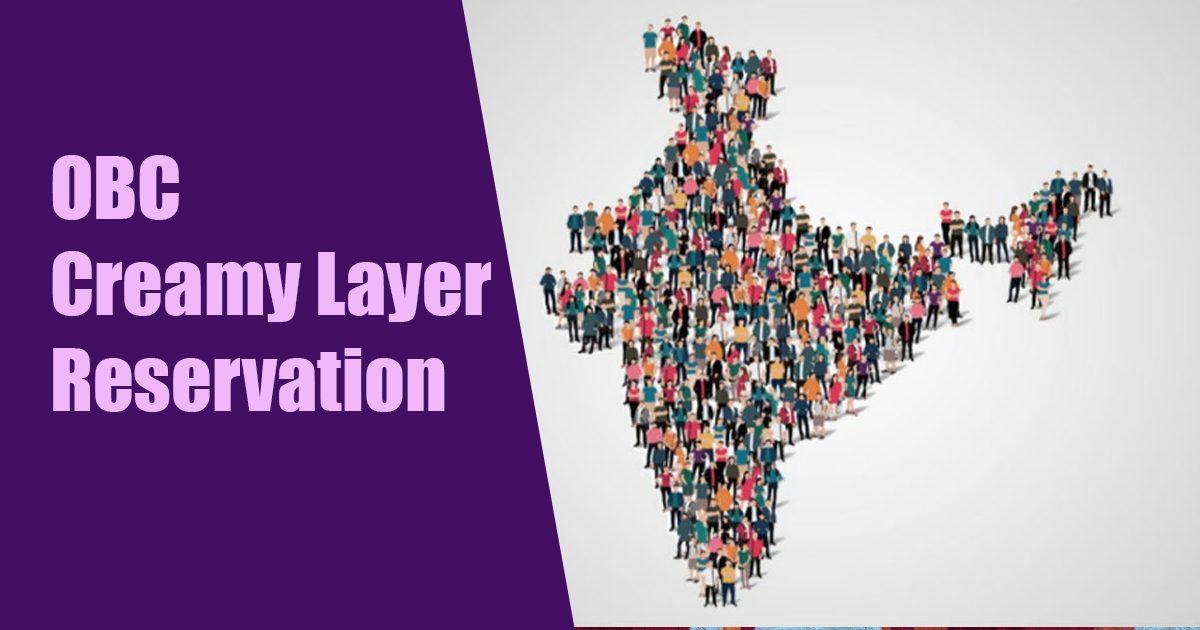
Context
The allocation of an IAS position to an Other Backward Class (OBC) Non-Creamy Layer (NCL) candidate with multiple disabilities has spotlighted the issues related to the creamy layer in OBC reservations.
History of Reservation
Articles 15 and 16:
- Article 15: Ensures equality for all citizens in government policies.
- Article 16: Ensures equality in public employment.
Special Provisions:
- For the advancement of SEBCs (Socially and Educationally Backward Classes) or OBCs, Scheduled Castes (SC), and Scheduled Tribes (ST).
- SCs and STs have reservations of 15% and 7.5% respectively in jobs, educational institutions, and PSUs at the central level.
Key Milestones:
- 1990: Prime Minister V. P. Singh implemented a 27% reservation for OBCs in central government employment, following the Mandal Commission’s recommendations from 1980.
- 2005: Reservations were extended to OBCs, SCs, and STs in educational institutions, including private ones.
- 2019: A 10% reservation was introduced for the Economically Weaker Sections (EWS) among the unreserved category.
What is the Creamy Layer?
Indra Sawhney Case (1992):
- The SC upheld the 27% reservation for OBCs but required the exclusion of the creamy layer from these reservations.
Criteria for Identifying Creamy Layer:
- Based on the Justice Ram Nandan Prasad Committee’s recommendations (1993).
- Determination is made by the position or income of the applicant’s parents, not the applicant themselves.
Criteria Include:
- Parental income, excluding salary and agricultural income, being more than ₹8 lakh each year for the last three consecutive financial years.
- Parents who entered government service (central or state) as Group A/Class I officers, or parents, both of whom entered as Group B/Class II officers, or a father recruited in a Group B/Class II post and promoted to Group A/Class I before 40 years of age.
- Parents employed in a managerial position in PSUs.
- Parents holding constitutional posts.
Issues of Reservation
Inadequacies and Dubious Practices:
- Allegations of fraudulent NCL or EWS certificates and disability certificates.
Circumventing Creamy Layer Exclusion:
- Income of the applicant and their spouse is considered, leading to strategies like gifting assets or early retirement to bypass the criteria.
Concentration of Reservation Benefits:
- Approximately 97% of reserved jobs and seats are held by about 25% of OBC castes/sub-castes (Rohini Commission).
Inefficiency:
- Nearly 1,000 of the 2,600 OBC communities have zero representation in jobs and educational institutions.
- 40-50% of reserved seats for OBC, SC, and ST in central government roles remain unfilled.
Issues in SC and ST Categories:
- No creamy layer exclusion applies to SC and ST categories.
Way Forward
Enhanced Verification and Scrutiny:
- Close loopholes in the issuance of NCL, EWS, and disability certificates.
- Ensure thorough scrutiny to guarantee eligibility.
Filling Vacancies:
- Promptly fill reserved vacancies without any backlog.
Sub-Categorization within Castes of Reservations:
- Address under-representation or lack of representation of certain communities.
Creamy Layer Exclusion:
- Consider excluding the creamy layer in SC and ST categories, at least for the children of Group I/Class A government officials.
By addressing these issues, the reservation system can be made more equitable and effective in achieving its intended goals.




